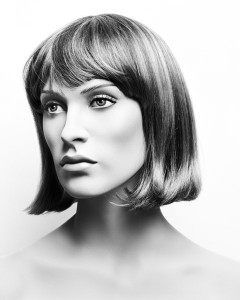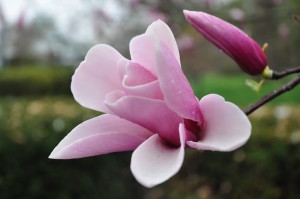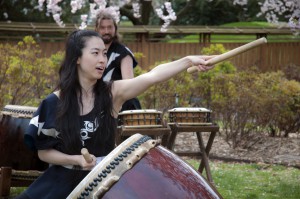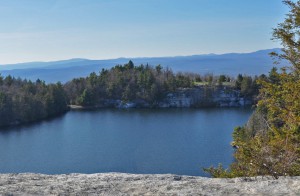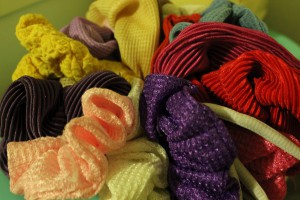A World of Its Own was a very interesting exhibition which showed photographs created within the walls of the studio. It was quite unique, interesting, impressive and not so impressive to see the ways in which photographers experimented in their studios.
The exhibit changed my view on studio photography and also the overall understanding of history and what’s possible especially with light. A World of Its Own where messiness and experimentation can flourish. The experiments can be technical, aesthetic, even emotional. A place where I learned that in the studio or “art museums”, anything goes–you just have to know how to market yourself with sophisticated vocabulary which professor emphasizes and truly believe in your work. Talent doesn’t play a big role here. To make it big you need to have tight connections with art critics, dealers, gallery owners, curators etc. I think who you know really is a big key to success. Well let’s just put it like this-the world is seriously twisted when something like this gets sold for $44 million. I love art and I think the piece is OK but museum quality? or $44 million!! Come on give me a brake…
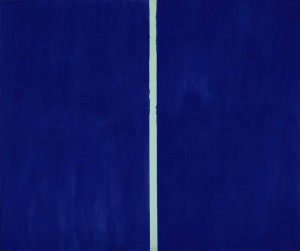
See link: http://twentytwowords.com/canvas-painted-blue-with-a-white-line-sells-for-nearly-44-million-4-pictures/
Anyway back to the subject. I thought there where some very great pieces at MoMa. Like for example the portrait of a mannequin by a French artist, Valerie Belin was quite striking in person. It was my favorite piece at the museum. Looking at the picture you realize that our perception of beauty has been distorted by the “beauty industry” because it takes awhile to realize that it is a portrait of a mannequin not a photoshopped model. When women are photographed they are touched up to look like mannequins, so why not just take portraits of them. Brilliant.
I agree with Roberta Smith in the NYT article “When a Form Is Given Its Room to Play”. It is understandable that history is important but it was a little repetitive, unorganized, largely favoring black and white/non-modern photos in a Modern Museum and setting the medium from inception to the present that was never done before was quite experimental. There was a lot of human interest/portrait and inanimate objects but little to no landscapes, animals, advertisements, urban life, etc. The fact that there was a lack in female photographers doesn’t really matter but what matters is learning how to market yourself eloquently, network, have passion at what you do and BELIEVE.

